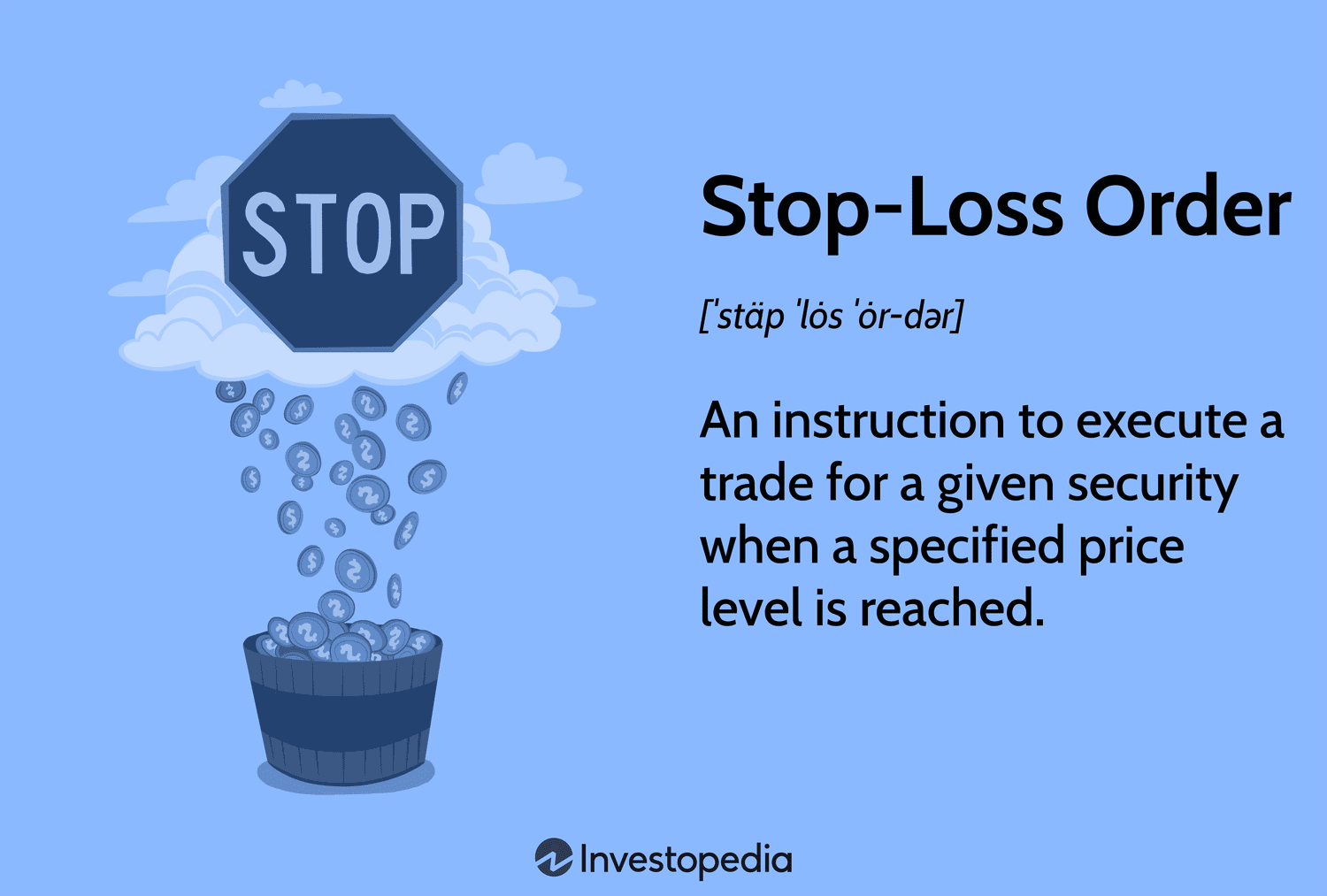A stop loss order is a risk management tool used by investors and traders in the financial markets to minimize potential losses. It is an order placed with a broker to sell a security when it reaches a certain price level, known as the stop price.
Table of Contents
Why Use Stop Loss Orders?
Stop loss orders are an essential part of any investment strategy. Here are some key reasons why you should consider using them:
- Minimize Losses: Stop loss orders provide a predetermined exit point, helping limit potential losses in case the market moves against your position.
- Emotion-Free Decision Making: By setting a stop loss order, you eliminate the need to make impulsive decisions based on emotions, allowing for a more disciplined and rational approach to investing.
- Protect Profits: Stop loss orders can also be used to lock in profits by automatically selling a security when it reaches a specified price level. This ensures that you don’t miss out on potential gains.
- Time and Convenience: Stop loss orders save time and effort by automating the selling process. Instead of constantly monitoring the market, you can set your stop loss order and have peace of mind.
Types of Stop Loss Orders
There are different types of stop loss orders that cater to specific needs. Here are the most commonly used ones:
1. Market Stop Order
A market stop order is triggered when the security reaches the specified stop price, which then becomes a market order to sell the security at the prevailing market price. This type of order provides certainty of execution but may result in a sale at a price significantly different from the stop price.
2. Limit Stop Order
A limit stop order is triggered when the security reaches the stop price, but it is executed only at or above a specified limit price. This type of order offers price protection but may not guarantee execution if the market price does not reach the limit price.
3. Trailing Stop Order
A trailing stop order is a dynamic stop loss order that adjusts the stop price as the market price moves in your favor. It helps protect profits by trailing the price at a defined percentage or price distance. If the price falls by the specified amount, the stop price is triggered, and the security is sold.

Credit: www.binance.com
:max_bytes(150000):strip_icc()/stop-limit-order-2c639b575958430095e5031c359ed390.jpg)
Credit: www.investopedia.com
Tips for Setting Stop Loss Orders
- Consider Volatility: Set the stop price based on the market’s volatility. Highly volatile securities may require wider stop prices to account for price fluctuations.
- Technical Analysis: Use technical analysis tools and indicators to determine suitable stop loss levels. Support levels, trendlines, and moving averages can guide you in setting effective stop prices.
- Risk-Reward Ratio: Evaluate the risk-reward ratio before placing a stop loss order. Ensure that the potential reward justifies the potential loss.
- Review Regularly: Review and adjust your stop loss orders periodically, especially as market conditions change or when your investment goals evolve.
Conclusion
Stop loss orders are an essential risk management tool for investors and traders. They help protect against potential losses, provide a systematic approach to decision making, and offer convenience and peace of mind. By understanding the different types of stop loss orders and following best practices for setting them, you can enhance your investment strategy and protect your capital.
